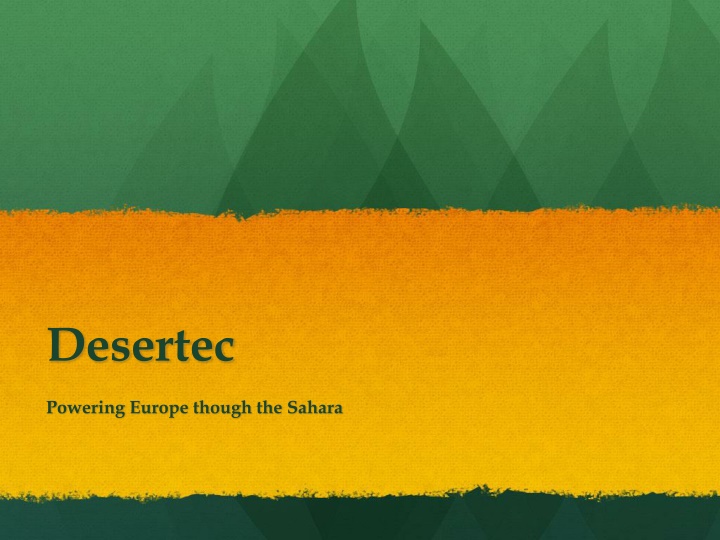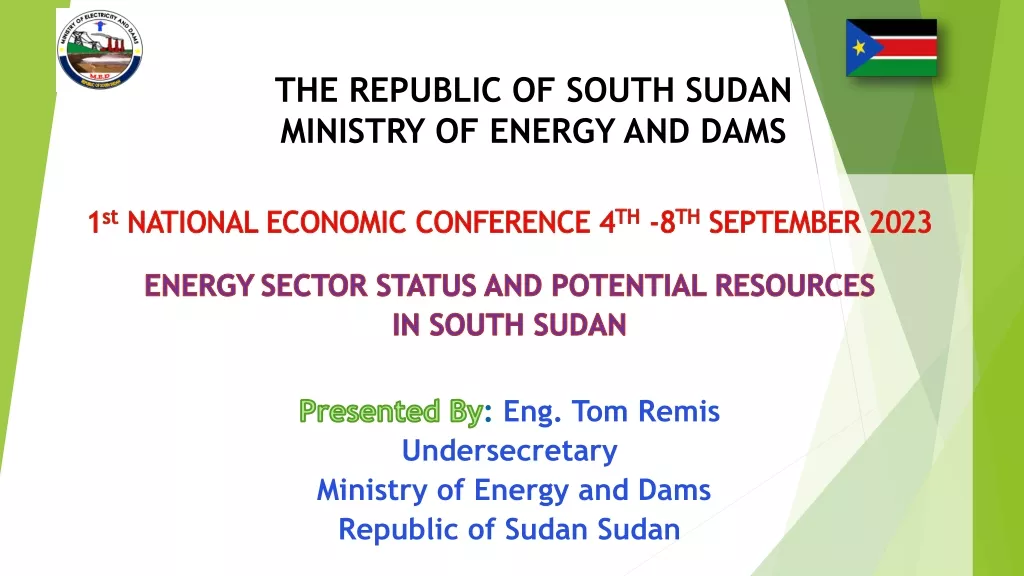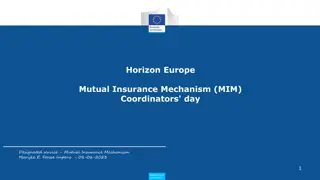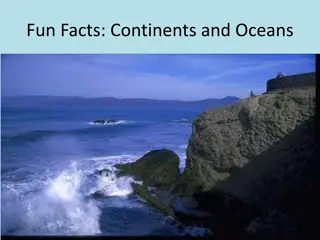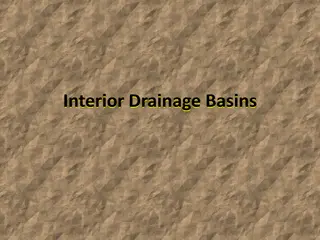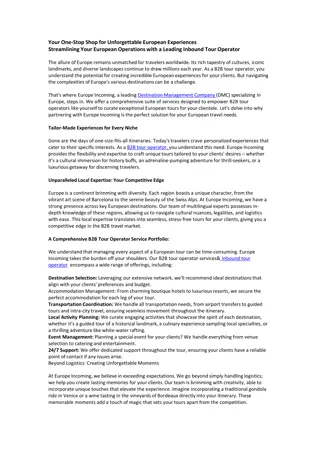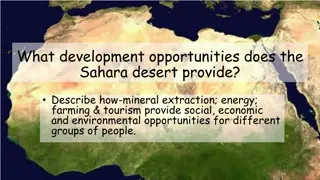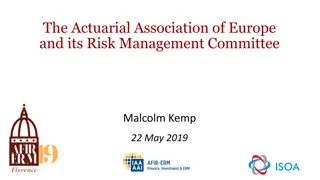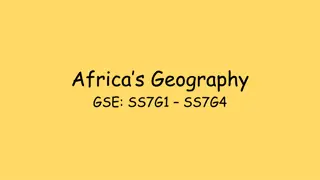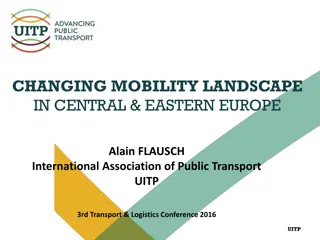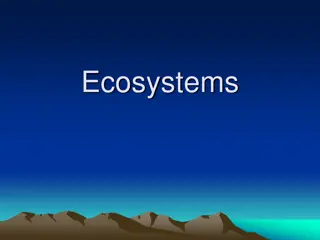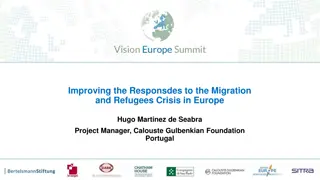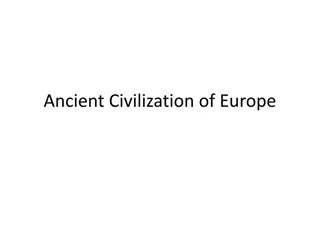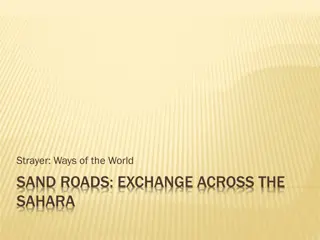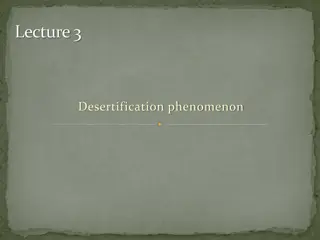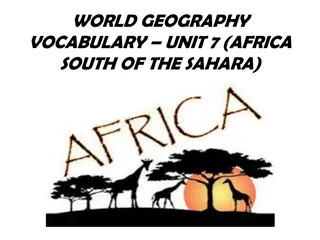Desertec: Powering Europe Through the Sahara
"Exploring the Desertec initiative aiming to power Europe through renewable energy from the Sahara Desert. Learn about the key players, investments, and potential impact on climate and economy."
Download Presentation

Please find below an Image/Link to download the presentation.
The content on the website is provided AS IS for your information and personal use only. It may not be sold, licensed, or shared on other websites without obtaining consent from the author.If you encounter any issues during the download, it is possible that the publisher has removed the file from their server.
You are allowed to download the files provided on this website for personal or commercial use, subject to the condition that they are used lawfully. All files are the property of their respective owners.
The content on the website is provided AS IS for your information and personal use only. It may not be sold, licensed, or shared on other websites without obtaining consent from the author.
E N D
Presentation Transcript
Desertec Powering Europe though the Sahara
Agenda Background and Key Players Europe Investing for Green Power Focusing on Morocco Modeling Morocco Outcome
Background and Key Players
Background and Key Players Founded in 2009, by public figures, private individuals, politicians and scientists from North Africa, the Middle East and Europe DESERTEC Foundation and a group of 12 European companies led by Munich Re founded an industrial initiative called Dii (Desertec Industrial Initiative) GmbH in Munich How the use of renewable energy in deserts and arid regions could lead to the positive further development of global society As of December 2013, Dii consists of 19 shareholders and 17 associate partners from countries of North Africa, the Middle East and Europe Sources: Dii 2050 Desert Power, Fraunhofer ISI
Background and Key Players Demonstrates that the abundance of sun and wind in the EUMENA region would enable the creation of a joint power network that will entail more than 90 percent renewables 38 countries analyzed in this study include the EU27, Norway and Switzerland, Turkey, Syria, Jordan, Saudi Arabia, Egypt, Libya and the three Maghreb countries Tunisia, Algeria and Morocco A total of 1087TWh is exported from MENA to Europe. The net power trade balance from MENA to Europe is 1064TWh per year of exports. These net exports from MENA to Europe amount to 19% of European demand and 46% of MENA domestic demand. Economic benefits of system integration | Climate Benefits | Implication on country levels | Socio-economic effects An integrated EUMENA power system allows Europe to meet its CO2 reduction targets of 95% in the power sector more effectively Europe saves a total of 33bn. annually, or 30 per MWh of power imported from MENA
Europe Investing for Green Power
Key EU Countries Historically 70% of EU-MENA trade Germany France Spain Italy Incentives Environmental Business/Economic
Incentives Environmental Commitment to reduce gas emissions to 8% below 1990 levels between 2008 and 2012 Global warming should be kept below 2 C pre-industrial times Business Germany Manufacturing CSP: Solar thermal power technology leader Cheap source of energy France Nuclear energy leader Spain & Italy Transmission lines Spain has own solar
Focusing on Morocco
Morocco is the best connecting point between Africa and Europe
Morocco is one of the best places to develop new energy Geographically advantageous Sufficient acreage of desert (sunshine) Limited Reserve of coal and natural gas therefore heavy reliance on import Rapid growing energy consumption rate Government s priority to develop renewable energy industry
Risks and Opportunities for Morocco Opportunities Energy Independence A promising new industry-energy export Risks Political Risks(Expropriation etc.) Financial Risks
Assumptions & Results Focusing on exported concentrated solar power (CSP) in Morocco 12.5% cost of capital (Cam s model) Low risks: currency, commercial international partners High risks: expropriation 2% of Desertec capex ( 7.9 bn) 3,196MW (64% of total installed capacity) 1.25% O&M costs 20 year term 50% net capacity factor PPA: 0.064kWh No carbon credits Results 8.3% IRR But - 1.9bn NPV
Recent Changes in Desertec and Dii
Outcome Desertec Europe failed, new focus on North Africa NA economic growth Spain transmission congestion Energy security European economic slow down Death of carbon credits and some subsidies Bosch & Siemens abandoned the project First Solar and others still involved
